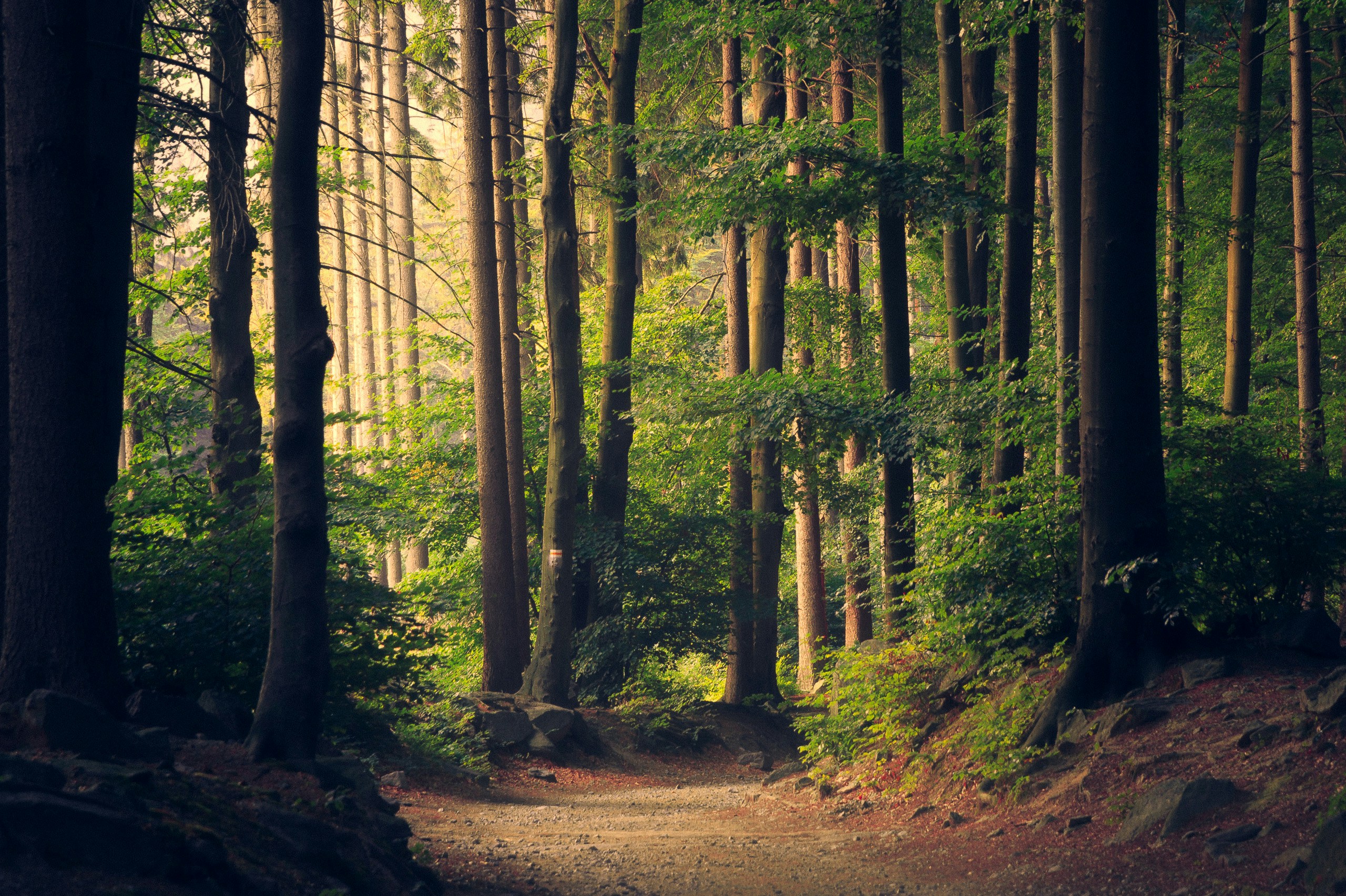The Ultimate Guide to Ambient Sleep Sounds

In our fast-paced, always-connected world, quality sleep has become increasingly elusive. If you're among the millions struggling to get adequate rest, ambient sleep sounds might be the natural solution you've been searching for. From white noise to nature sounds, the right audio environment can transform your sleep experience. Let's explore the science-backed benefits of various sleep sounds and how to find your perfect sleep soundtrack.
Understanding the Science Behind Sleep Sounds
The effectiveness of ambient sounds for sleep isn't just anecdotal—it's backed by scientific research. Studies show that carefully selected sounds can mask disruptive noises, calm an overactive mind, and create optimal conditions for restful sleep.
Research published by Harvard Medical School found that white noise may reduce heart rate and respiratory rate, effectively lulling individuals to sleep. This explains why many people find it easier to fall asleep with consistent background sounds rather than in complete silence.
The Color Spectrum of Noise: White, Pink, and Brown
White Noise for Sleep
White noise contains all audible frequencies at equal intensity, creating a consistent "shhhh" sound similar to static. It's particularly effective at masking environmental disturbances that might otherwise wake you.
A recent study found that 38% of people fell asleep faster when listening to white noise. This makes it an excellent choice for light sleepers or those in noisy environments.
Best uses for white noise:
- Urban environments with unpredictable sounds
- Helping babies and children sleep (white noise machines for babies are particularly popular)
- Masking tinnitus symptoms
- Creating privacy in shared sleeping spaces
Pink Noise: Nature's Lullaby
Pink noise reduces higher frequencies, creating a deeper, more balanced sound often compared to steady rainfall. Research indicates it may be particularly beneficial for deep sleep.
A 2013 German study discovered that pink noise prolonged deep sleep phases and improved memory consolidation. Participants exposed to pink noise showed enhanced slow-wave brain activity—the type associated with restorative sleep.
Best uses for pink noise:
- Enhancing deep sleep quality
- Improving memory during sleep
- Creating a soothing background for meditation
- Helping adults with sleep maintenance issues
Brown Noise: The Deep Rumble
Brown noise (sometimes called red noise) emphasizes lower frequencies, producing a deep, rumbling sound similar to distant thunder or a waterfall.
While research specifically on brown noise is still emerging, preliminary studies suggest it may help with concentration and anxiety reduction, making it potentially valuable for those whose sleep issues stem from racing thoughts or anxiety.
Best uses for brown noise:
- Calming an anxious mind before sleep
- Creating a cocoon-like sound environment
- Blocking low-frequency environmental noises
- Helping those with sensory sensitivities
Nature Sounds: The Original Sleep Aid

Long before electronic sound machines, humans slept to the natural soundscapes of their environments. Modern research confirms what our ancestors intuitively knew—nature sounds can significantly improve sleep quality.
The Neurological Impact of Nature Sounds
Researchers have discovered that nature sounds actually change connections in our brains, reducing the body's fight-or-flight response while enhancing rest-digest functions. This neurological shift creates ideal conditions for falling and staying asleep.
A study examining participants exposed to recordings of birds singing and water flowing found they experienced improved subjective sleep quality and fewer sleep disturbances compared to those exposed to urban sounds.
Popular Nature Sounds for Sleep
Rain sounds create a consistent, gentle pattern that masks other noises while providing a comforting rhythm. Many people find moderate rainfall particularly soothing due to its steady cadence.
Ocean waves offer a hypnotic rhythm that mimics breathing patterns, potentially helping to regulate respiration during sleep. The predictable ebb and flow can lull the mind into a relaxed state.
Forest soundscapes combine gentle wind through leaves, distant bird calls, and occasional subtle wildlife sounds to create an immersive natural environment that promotes feelings of safety and peace.
Research shows that these natural soundscapes can reduce cortisol levels (the stress hormone) and activate the parasympathetic nervous system, which controls rest and relaxation.
Meditation and Instrumental Sleep Music
Beyond environmental sounds, specially composed sleep music offers another pathway to better rest. These compositions often incorporate elements specifically designed to induce relaxation.
Meditation Sounds for Sleep
Mindfulness meditation practices have been clinically shown to improve sleep quality in various populations with sleep disturbances. When combined with appropriate sound elements, these benefits can be enhanced.
A Harvard Medical School study found that participants who practiced mindfulness meditation experienced less insomnia, fatigue, and depression compared to those who received only sleep education.
Key elements of effective meditation sounds for sleep:
- Slow, consistent tempos (typically 60-80 beats per minute)
- Low-frequency tones
- Minimal melodic variation
- Gradual transitions
- Absence of lyrics or spoken words (except guided meditations)
Delta Waves and Sleep Music
Some sleep music specifically incorporates delta wave frequencies (0.5-4 Hz), which correspond to the brain wave patterns observed during deep sleep. While research is ongoing, some studies suggest that exposure to these frequencies may help entrain the brain toward deeper sleep states.
Research conducted at UC Davis found that listening to appropriate music can reduce the overall severity of insomnia, improve sleep quality, and help initiate sleep—sometimes more effectively than pharmaceutical interventions.
Finding Your Perfect Sleep Sound

With so many options available, finding your ideal sleep soundtrack may require some experimentation. Consider these factors when making your selection:
-
Your sleep environment: Urban dwellers might benefit more from consistent white or pink noise to mask unpredictable sounds.
-
Your specific sleep challenges: Difficulty falling asleep might respond better to meditation sounds, while trouble staying asleep might improve with consistent all-night ambient sounds.
-
Personal associations: Choose sounds without strong emotional connections that might keep your mind active.
-
Volume level: The ideal volume is just loud enough to mask disruptive noises but not so loud it becomes disruptive itself.
-
Consistency: Using the same sounds regularly helps train your brain to associate those sounds with sleep.
Free and Premium Options for Sleep Sounds
Whether you're looking for free sleep music or willing to invest in premium options, there's something for every preference and budget.
Free Sleep Sound Resources
Many streaming platforms offer free playlists dedicated to sleep sounds. YouTube hosts countless hours of white noise, nature sounds, and sleep music that can play all night.
Mobile apps like "White Noise Lite" and "Relax Melodies" offer free versions with basic sound options, perfect for trying different sounds before committing to a paid service.
Premium Sleep Sound Options
Dedicated sleep sound machines provide consistent, high-quality audio without the distractions of screens or notifications. Many offer timer functions and multiple sound options.
Premium apps like Calm and Headspace offer curated sleep sounds, bedtime stories, and guided sleep meditations designed by sleep experts.
Integrating Sleep Sounds Into Your Routine
For maximum benefit, incorporate ambient sleep sounds into a consistent bedtime routine:
- Begin playing your chosen sounds 15-30 minutes before your intended sleep time
- Gradually reduce room lighting as the sounds play
- Avoid screen time during this wind-down period
- Consider pairing with other relaxation techniques like gentle stretching or deep breathing
- Use a timer or all-night playback depending on your preferences
Conclusion: The Sound of Better Sleep
As research continues to validate what many have experienced personally, ambient sleep sounds are emerging as a powerful, non-pharmaceutical tool for improving sleep quality. Whether you prefer the consistent hum of white noise, the gentle patter of rain, or the deep tones of meditation music, finding your perfect sleep soundtrack could be the key to more restful nights.
Remember that good sleep is cumulative—consistent use of effective sleep sounds as part of a healthy sleep routine can lead to significant improvements in your overall well-being and quality of life.
What's your favorite sleep sound? Have you found a particular type of ambient sound that works best for your sleep? Share your experiences in the comments below!
Disclaimer: While ambient sleep sounds help many people improve their sleep, they are not a substitute for medical treatment of sleep disorders. If you experience persistent sleep problems, please consult a healthcare professional.